Are you looking to make a green difference on campus? Living sustainably is easier than you might think. While there are many ways in which you can become more involved as an individual, a variety of campus groups and student organizations also work toward sustainability and conservation efforts here at Iowa State. To learn more about all of our green-minded opportunities, click on one of the categories below. You are sure to find a meaningful connection!
Take Action
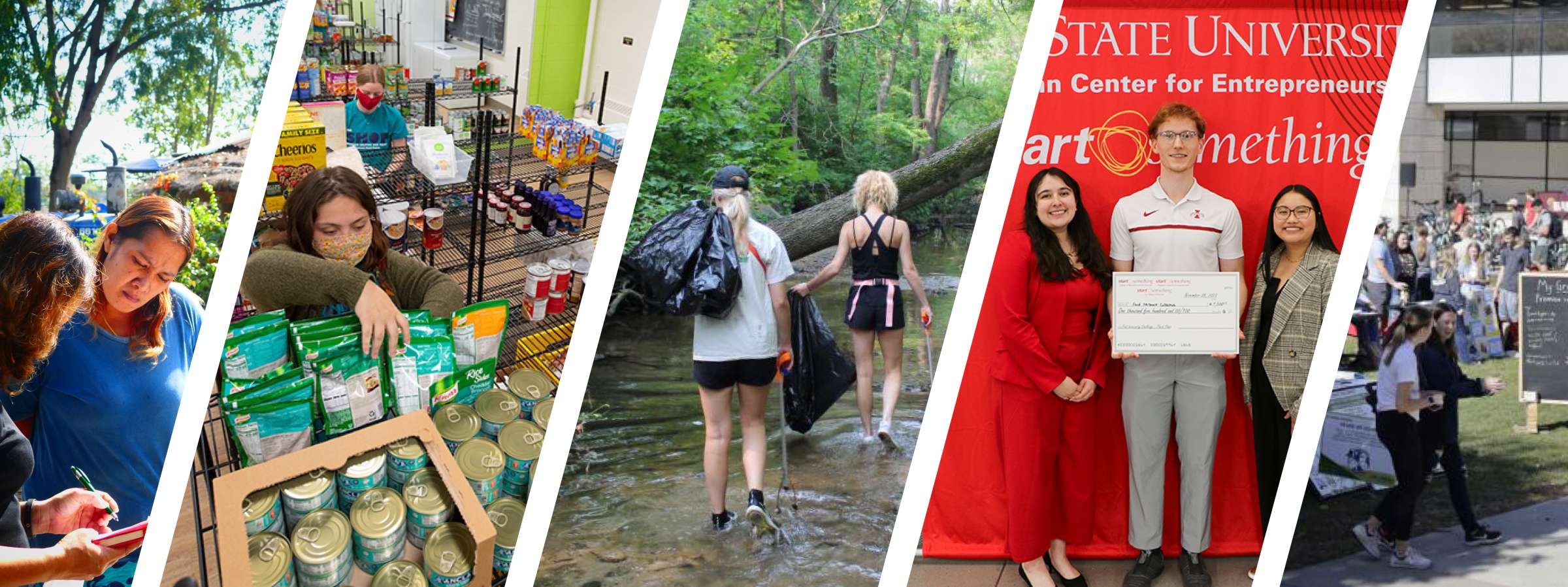
How to Live Green!
Did you know that adjusting your thermostat at night can save 5-10% off your heating bill? Or that gaming consoles consume nearly as much power when left idle as they are when being played? Or that bringing your own reusable mug to campus can save you 35 cents at ISU Dining cafes? Our How to Live Green! section is full of tips, tricks and insights to help you become more sustainable in your daily life. Not only are these green practices better for the planet but they can also save you time and money!
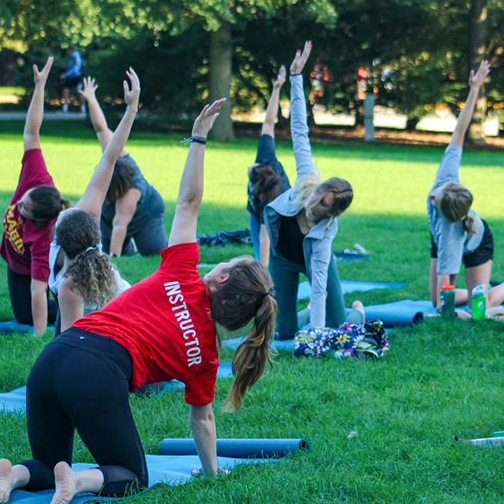
| 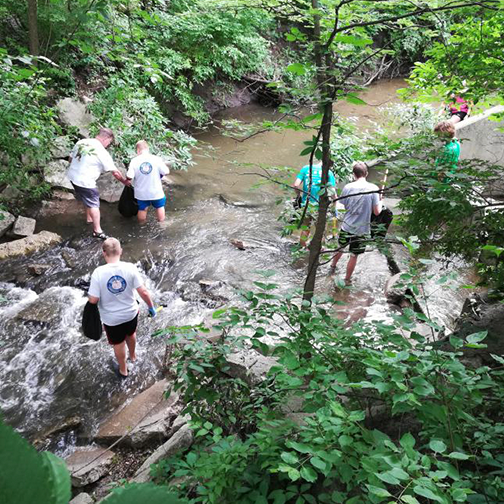
| 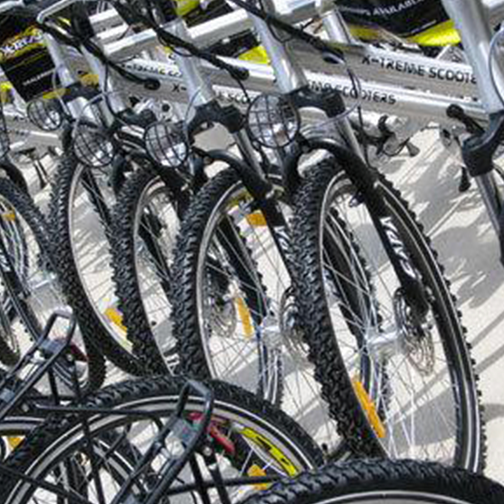
|
 | STUDY GREENFind green classes to add to your portfolio in our Live Green! sustainability course directory. |
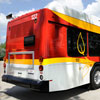 | CHOOSE A GREEN RIDETravel sustainability with CyRide, a campus and citywide bus system, our rideshare and carpooling websites, and our airport shuttle service. |
 | JOIN A GREEN CLUBFind your sustainability connection and join a sustainability-minded environmental, economic or social club. Search our student organization database for ideas and contacts. |
 | REDUCE YOUR TRASHPRINTPractice your 4Rs: Reduce, Reuse, Recycle, Rethink! Find out what and where you can recycle on-campus and off-campus. |
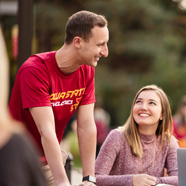 | LEARN WITH SUSTAINABLE FRIENDSConnect with other students interested in sustainability by joining a sustainability learning community. |
 | STAY IN THE GREEN KNOWKeep connected with all the sustainability events and opportunities at Iowa State University as well as around the Ames community. |
 | SAVE SOME GREEN ONE CUP AT A TIMEReduce waste and increase your budget. Bring your reusable mug and save 35 cents at ISU Dining Cafes and C-Stores. |
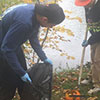 | GIVE BACK AND PAY FORWARDMake a difference to our community. Check out and connect with volunteer opportunities on and off campus! |
1. Purchase With Purpose | |
 | DID YOU KNOW?
HOW TO TAKE ACTION
|
2. Green Your Ride | |
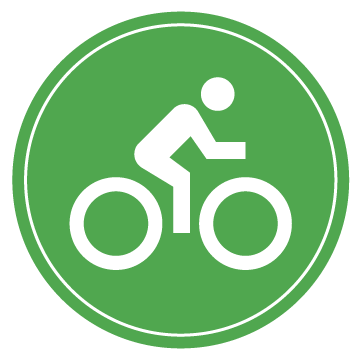 | DID YOU KNOW?
HOW TO TAKE ACTION
|
3. Unplug the Unused | |
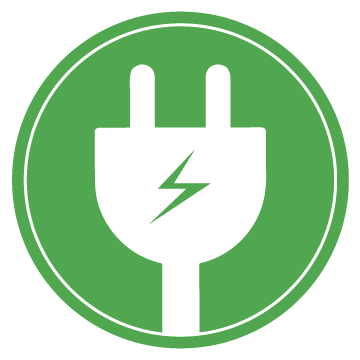 | DID YOU KNOW?
HOW TO TAKE ACTION
|
4. Make Your Flow Low | |
 | DID YOU KNOW?
HOW TO TAKE ACTION
|
5. Power Down | |
  | DID YOU KNOW?
HOW TO TAKE ACTION
|
6. Not Around, Turn It Down | |
  | DID YOU KNOW?
HOW TO TAKE ACTION
|
7. Green Bag It | |
 | DID YOU KNOW?
HOW TO TAKE ACTION?
|
8. Twist Your Lights | |
 | DID YOU KNOW?
HOW TO TAKE ACTION
|
9. Bring Your Own Bottle (or Mug or Cup) | |
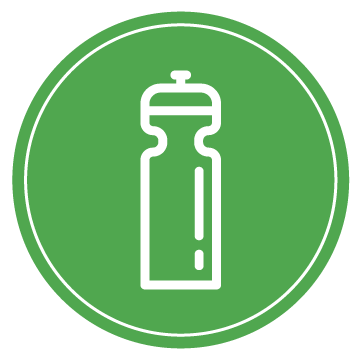 | DID YOU KNOW?
HOW TO TAKE ACTION
|
10. Remember the 4 Rs: Reduce, Reuse, Recycle, Rethink | |
 | DID YOU KNOW?
HOW TO TAKE ACTION
|
At Iowa State University, the Live Green! Initiative seeks to educate, engage and empower students, faculty, staff, campus visitors and more about the all-encompassing opportunity of living a sustainable life. Living sustainably makes a powerful impact on us individually, but also collectively on our colleagues, friends, families and communities. This impact translates into leaving the world a better place for future generations.
What exactly does that mean, to live sustainably?
Living sustainably means taking a look at our daily opportunities to do something that will benefit someone in the future. Therefore, sustainability really falls into three broad categories that are constantly interweaving with one another: environmental, social and economic sustainability. When we choose to pursue opportunities in all of these components, as the Venn diagram below indicates, we are living a truly sustainable life.
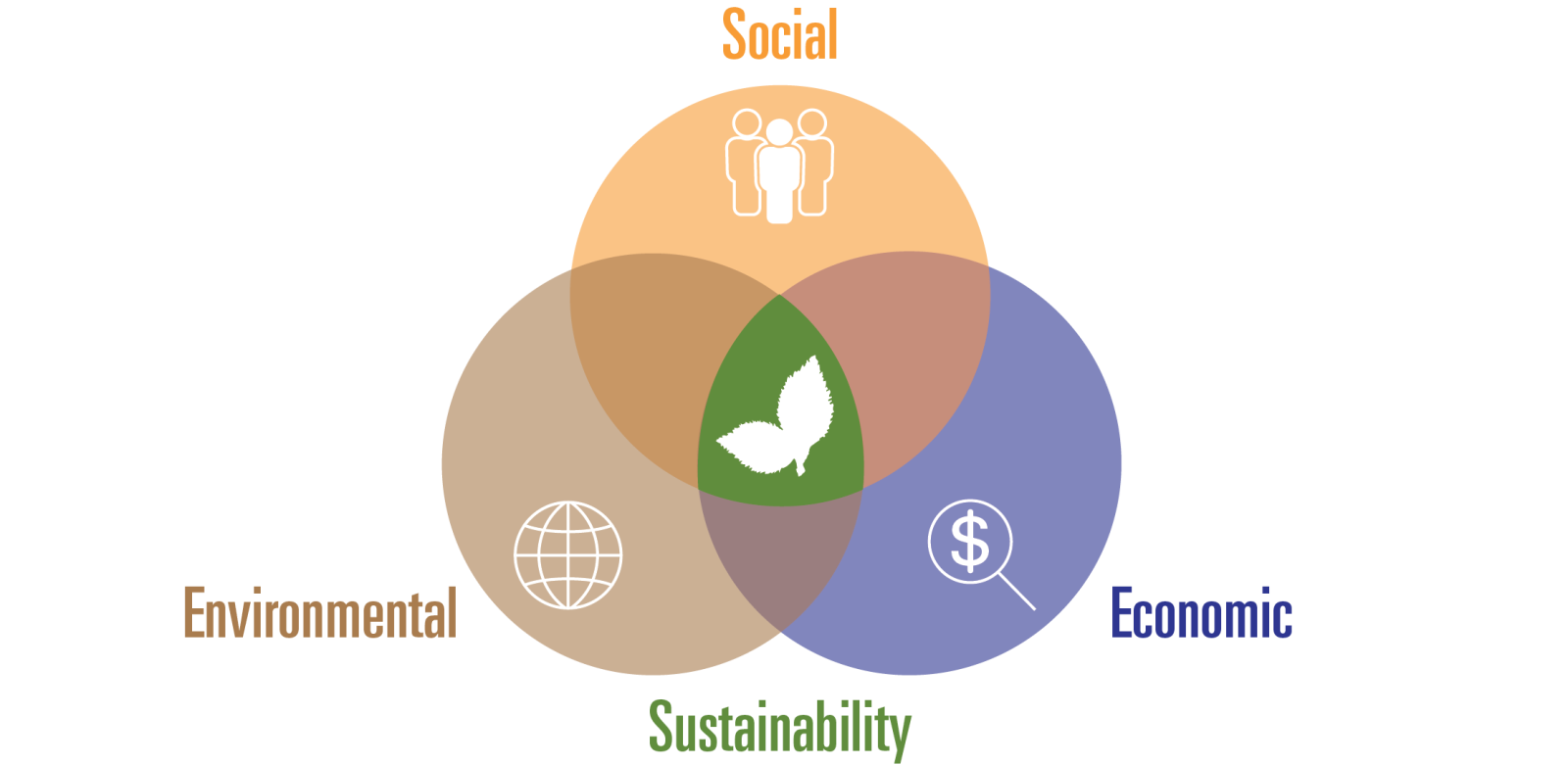
Many of us are already actively engaged in sustainable activities (whether it be environmental, social, economic or a mix of two or three) and are not fully recognizing the significance of our actions. Sustainability goes much further than the traditional idea of what it means to live green -- therefore, we all have countless opportunities to make a real, sustainable difference during our lifetimes.
Below, we offer a breakdown of these three components of sustainability, offering how you, no matter where you are in the world, can seize opportunities to make your part of the planet just a little more green!
Live Green! Resources
- Join one of Iowa State's many green student organizations.
- Attend Earth Day, Sustainapalooza and other green events.
- Read helpful tips on how to make smart, sustainable choices in your daily life.
- Commit to ensuring that campus is green by participating in the Keep Iowa State Beautiful campaign.
- Nominate a campus sustainability leader for the Live Green! Excellence Awards.
- Plan your own green experience with the Live Green! Sustainable Events Primer (pdf).
- Check out our Live Green! Monthly newsletter, which includes our Students Living Cardinal, Gold and Green series.
- Sign up for our e-mail list to stay in the loop with announcements, volunteer opportunities and more!
- Interact with our social media pages — we appreciate your Likes, Tweets and Pins!